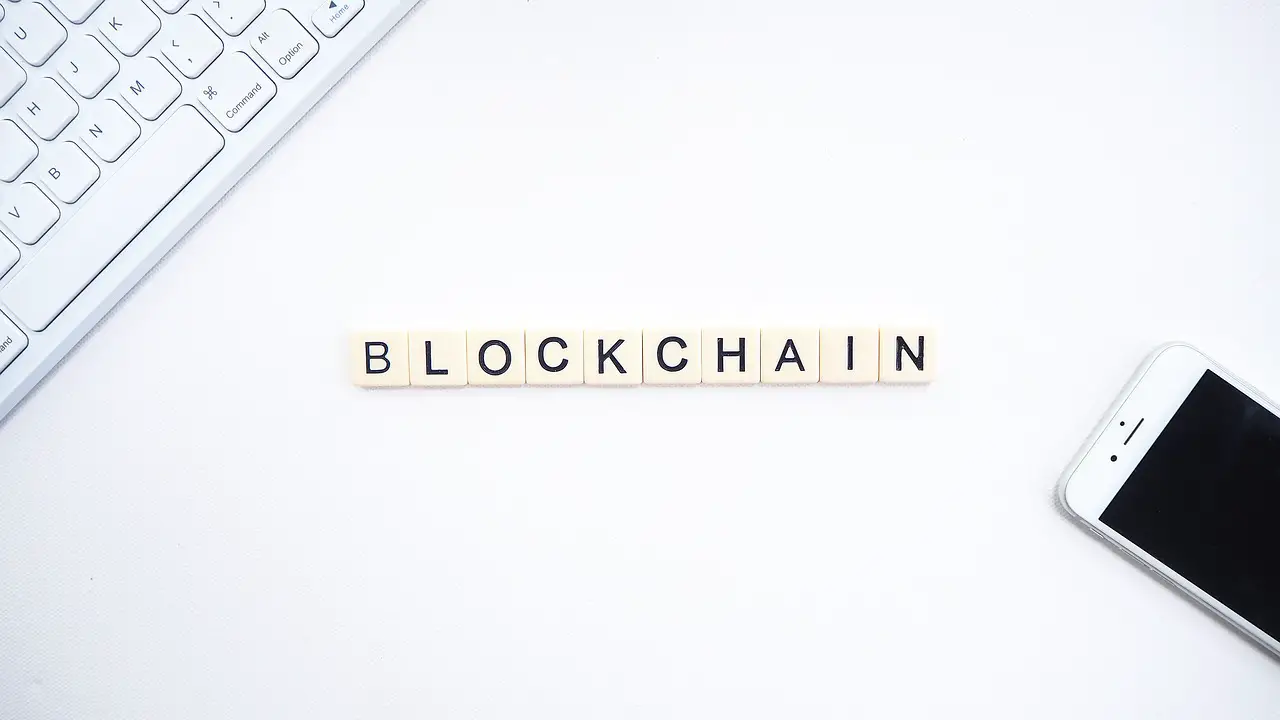Blockchain technology has many applications, including cryptocurrency exchanges. As cryptocurrency is typically exchanged through financial institutions, blockchains are used to store data on these transactions. Another use for blockchain is in healthcare, where it can be used to secure healthcare and medical records. In addition to the healthcare industry, blockchains are used to validate property transactions. These applications are rapidly growing in popularity. What is blockchain? is a good question for anyone looking for ways to improve their business.
With this technology, cryptocurrencies can operate without a central authority. By eliminating this middleman, the transaction process is fast, secure, and inexpensive. It can be used in almost any type of transaction, from stock trading to sending money home. The possibilities are endless, and its use is not limited to financial institutions. Even in countries where monetary systems are unstable, blockchain can help prevent fraud because transactions are recorded on a public ledger.
Businesses engage in a wide variety of transactions, including financial transactions, business-to-business transactions, and even online payments. Every transaction requires verification, and blockchain allows the verification process to be streamlined. As a result, blockchains can dramatically reduce fraud and costs associated with these transactions. For example, the creation of a blockchain is more efficient and secure than traditional methods. Moreover, it can help businesses avoid wasting time and money on intermediaries.
The blockchain works for virtually any transaction – money, goods, and property – so its applications are endless. From collecting taxes to allowing migrants to send home their money, blockchain technology has limitless potential. Its open-source software ensures the accuracy of the blockchain and can reduce the chances of fraud. The public ledger provides a single, transparent record of every transaction that is conducted, which can reduce the risk of fraud and allow businesses to focus on maximizing their efficiency.
A blockchain is an open, decentralized record of every transaction, which makes it easier to audit. The blockchain is a great way to make sure that your data is secure and never loses its integrity. With it, you can make transactions faster and more securely. The benefits of a blockchain are numerous. Not only does it eliminate intermediaries and save time, but it also enables you to share data across networks. With this, you can ensure that every transaction you make is secure.
Blockchain is a database that is decentralized, meaning that it is not maintained by a central administrator. Instead, it is held on many computers throughout a network. These are called nodes. A blockchain is made up of individual “blocks” of data. Each block is a record of a transaction. All of the nodes update the same ledger. This enables a network of computers to transfer value. As an example, a blockchain can be a website, an application, or an interactive VR experience.
For example, blockchains allow you to store and send money without a bank. If you want to send money to someone else, you don’t need a bank to do it. You can also store your money on a blockchain, which is a secure online file storage system. It is used in many industries, including healthcare and government. If you’re in the market for a new currency, you can find it on a blockchain.
Unlike traditional currencies, a blockchain allows you to send and receive money without the need for a third party or government. It can also store money. In fact, it can be a website, an app, or a virtual reality experience. Its popularity is increasing, and it is proving to be a hugely effective tool for making payments and other transactions. This type of system is not only secure, but it also has many uses for people in various industries.
Originally, a blockchain was created as a database of unchangeable information. The first block of the blockchain, called a Genesis Block, was an empty list. It didn’t contain any information, but it was a copy of the previous block. As time went on, people added to this list. Eventually, a cryptocurrency’s blockchain had transactions and a lettuce’s blockchain had no transactions. It’s a digital book that is constantly growing.







